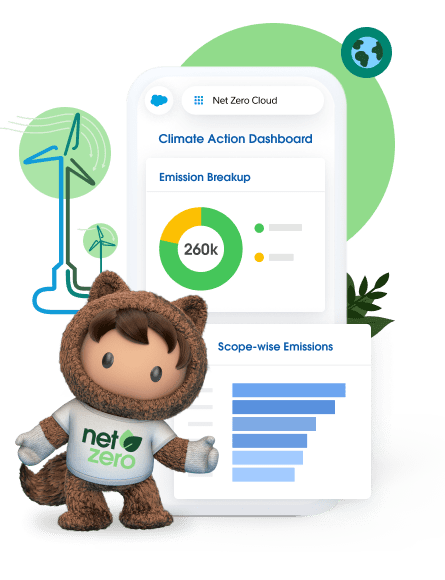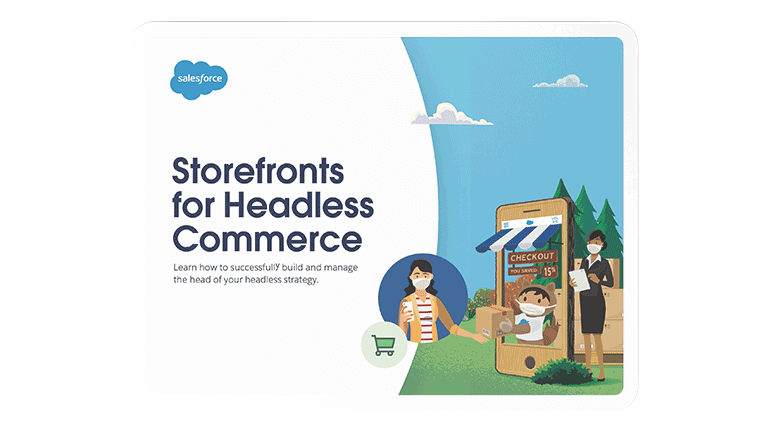
That chair you bought? See how MillerKnoll computes its carbon impact.
Learn how MillerKnoll uses sustainability data to impact everything from products to the planet.
Over 100 years ago, D.J. De Pree founded Herman Miller to push the standards of office and home furnishing design. From ergonomic chairs to sustainably made products, the company pioneered industry classics that are synonymous with modern design.
Today as MillerKnoll, a collective of design brands including Herman Miller and Knoll, there are two threads that run through every decision the company makes:
- Be good stewards of the earth’s resources.
- Ensure each product and experience is exceptionally designed.
“What I do at MillerKnoll is look at the choices we make through the lens of sustainability and ask, ‘Have we made the best choice possible?’” said Gabe Wing, Director of Sustainability. “My job is to help make the world a better place through the design of our products, our processes, and our places.”
But a company can’t know where it’s going if it doesn’t know where it is. That’s why data fuels every decision, from materials used in products to electricity consumption at each global location.
MillerKnoll uses Einstein 1 to share carbon emissions data with its commerce, marketing, and service departments, so the whole company can work toward shared sustainability goals. Let’s take a look at how Wing and team are putting this data at the center of every business decision.
“Design solves problems. Sustainability is just another problem we have to solve.”
How MillerKnoll Uses Data to Design a More Environmentally Conscious Future
1. Swap spreadsheets for real-time carbon emission views.
By 2030, MillerKnoll plans to reduce its carbon footprint by 50%, eliminate single-use plastic, reduce all waste, and use 50% or more recycled content in its products.
At first, the company tracked its footprint through disjointed Excel spreadsheets that were thousands of rows long. Wing’s small team input everything it could get its hands on, including utility bills, distribution invoices, expense reports, and even spreadsheets from other departments.
MillerKnoll also knew the SEC may one day require publicly traded companies to provide comprehensive, up-to-the-minute reporting on their carbon emissions data. The company’s manual tracking method wouldn’t be able to scale.
With that in mind, MillerKnoll implemented Net Zero Cloud, which works behind the scenes to convert spend data into total carbon dioxide output (tCO2) to track and manage carbon emissions. This means that instead of ballpark estimates, the company can quantify how each chair or desk directly impacts carbon output.
“At the push of a button, we have our annual carbon footprint, so at any given time of the year, we can know where we’re at compared to our goals,” said Wing.
Getting Started with Carbon Neutrality
Advice from MillerKnoll’s Gabe Wing
- Start small. Determine where you are today and what you can control.
- Assemble the right team. Let people know what you’re doing and harness their passion.
- Adopt the right tools. Use your data to create actionable insights, not another database.
- Share wins. Tell success stories internally and externally to gain momentum and scale.
“Products like Net Zero Cloud are going to become table stakes for companies to track their carbon footprint. If you don’t know where the impacts are coming from, you might be working on the wrong things.”
Your single source of truth for environmental data.
Accelerate your company’s journey to net zero with a trusted platform that serves as the single source of truth for environmental data. Easily track, analyze, and report on carbon emissions and waste management data across your business ecosystem, including suppliers.
2. Make ecommerce experiences as well-designed as the products.
That’s why the company shifted gears when it discovered its online shopping experience didn’t match the high-quality design of the products it sells.
With help from Commerce Cloud and partner expert Capgemini, MillerKnoll built a scalable solution that has helped launch multiple sites. The partnership has also helped MillerKnoll accelerate B2C experiences with clickable images for direct purchase, redesigned checkout flows, and tailored recommendations. Apps like Klarna and Affirm help enhance the ecommerce experience even further with automated chat and payment solutions, while 6sense and Bynder’s DAM app drive team efficiency by providing sales intelligence and an easy way to manage ecommerce product imagery.
Together, these partner apps have helped enhance the MillerKnoll ecosystem, resulting in:
100K
online chats
in one year
10%
conversion
rate
50%
increase in
order value
When ecommerce demand suddenly grew 313% in 2020 because of the pandemic, MillerKnoll was ready with a faster site that showed off its modern designs.
"The pandemic really allowed us to push innovation, especially through our digital experiences," said Kristen DeLap, Director of Digital Product.
Now, MillerKnoll can wow customers from the first moment of design inspiration to the digital storefront and beyond. When shoppers across its brands express interest, MillerKnoll easily markets and communicates with them across geographies multiple times per day. Whether through email or SMS, MillerKnoll tracks and nurtures buyers along complex customer journeys.
Just three years ago, MillerKnoll ran merchandising operations manually, which took extra time to sort products and continually rebuild customer interactions. Now, MillerKnoll uses in-depth customer insights and AI to build personalized emails and recommendations the company can improve with regular testing of which copy performs best.
313%
increase in annual
ecommerce sales
0
customer service calls
first week of site relaunch
3. Engage customers beyond the purchase.
Even after purchase, MillerKnoll continues to engage customers and build loyalty with helpful support across channels. Now, marketing, commerce, and service can access customer data in a single source of truth. That way, agents have the foresight to resolve customer cases quickly, inform new marketing journeys based on service interactions, and uncover new cross-sell and upsell opportunities.
“Imagine if the customer service rep has all the information about the customer,” said Neeraja Venkatasubramanian, Manager of Digital Product Portfolio. “It makes that interaction much more seamless.”
The company even extends website support with live chat, so shoppers can easily connect with a design expert if they need inspiration. And Einstein 1 gives MillerKnoll the framework to deliver on customers’ expectations for fast, personal, and responsive shopping.
But people now expect more than impeccable sales and service. They want their money to support brands that champion social justice and environmental responsibility, too. To meet these expectations, Wing believes companies must find where their values intersect with customers’ values.
“The better we understand where our clients want to go from a sustainability perspective, the better we can enable our clients to achieve their goals,” he said.
Ready to build a single view of your customer?
More Resources

Guide
The New Holiday Retail Planning Guide

Guide
The Transformation Playbook

Webinar
How to Digitize the Customer Journey






